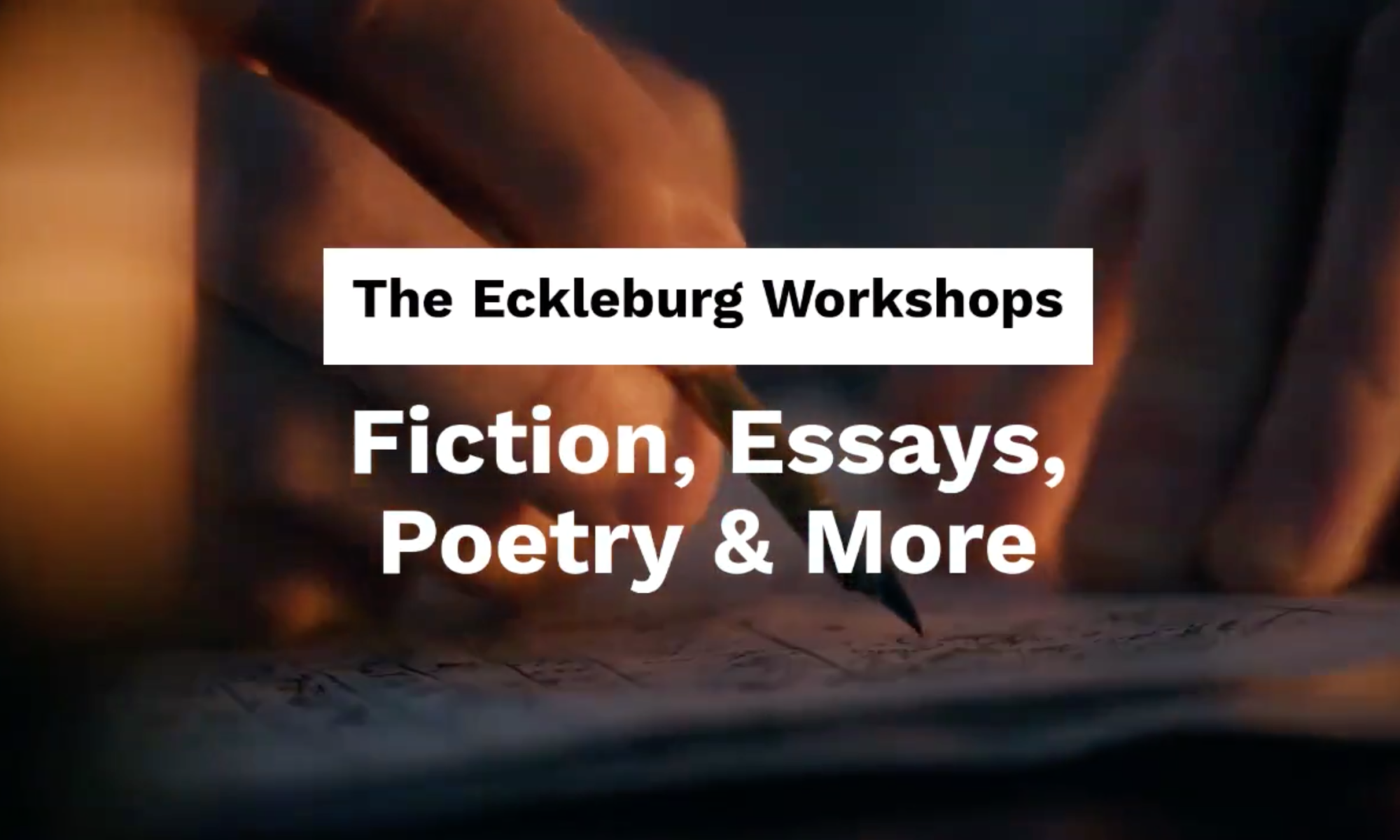The lyric essay is a hybrid form in creative nonfiction that focuses on rhythm and cadence as much as context, often employing poetic devices to create repetition and layered meanings.
Lyric
A brief subjective poem strongly marked by imagination, melody, and emotion, and creating a single, unified impression. (A Handbook to Literature)
Originally, a poem meant to be sung to the accompaniment of a lyre; now, any relatively short poem in which the speaker expresses his or her thoughts and feelings in the first person rather than recounting a narrative or portraying a dramatic situation. (Norton)
Submit Your Work for Individualized Feedback
Please use Universal Manuscript Guidelines when submitting: .doc or .docx, double spacing, 10-12 pt font, Times New Roman, 1 inch margins, first page header with contact information, section breaks “***” or “#.”
Sources
The Age of Insight: The Quest to Understand the Unconscious in Art, Mind, and Brain, from Vienna 1900 to the Present. Eric Kandel.
A Handbook to Literature
“Cogito et Histoire de la Folie.” Jacques Derrida.
Cognitive Neuropsychology Section, Laboratory of Brain and Cognition.
Eats Shoots and Leaves: The Zero Tolerance Approach to Punctuation
The Elements of Style.
New Oxford American Dictionary
The Norton Anthology of World Literature
The Norton Introduction to Philosophy
Woe is I: The Grammarphobe’s Guide to Better English in Plain English
Writing Fiction: A Guide to Narrative Craft
Writing the Other

